
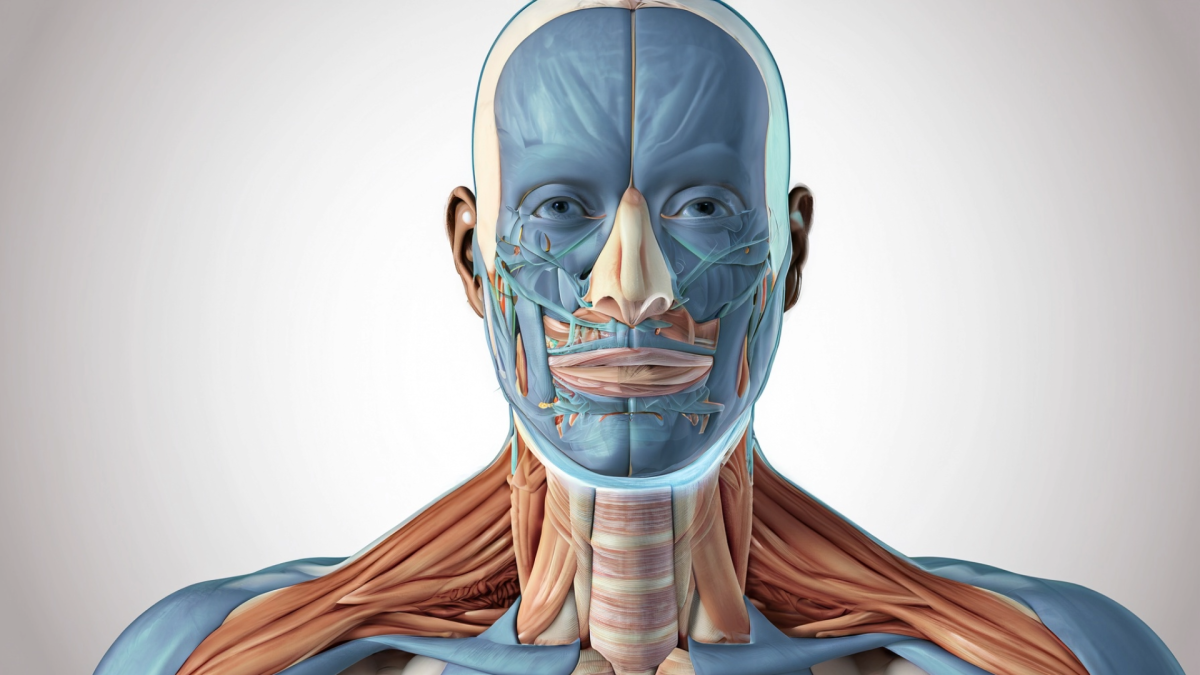
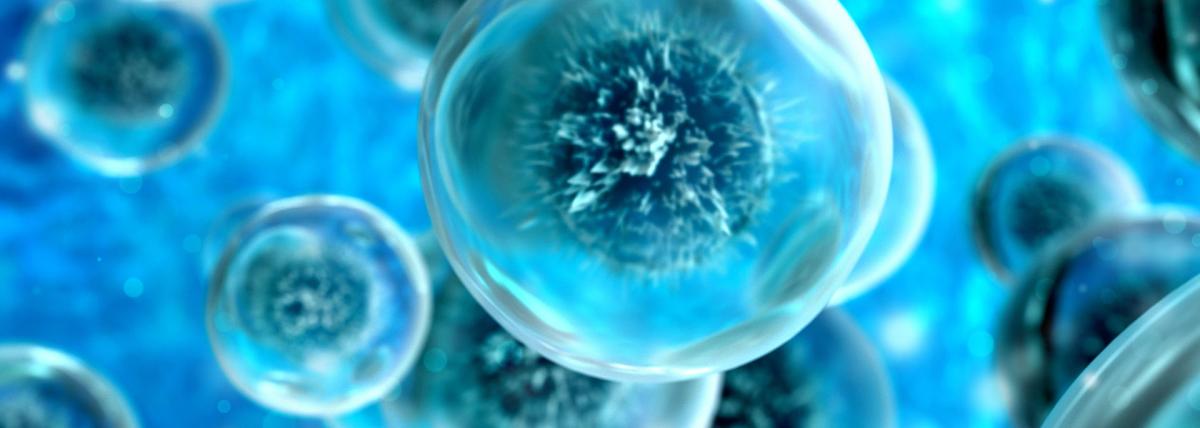
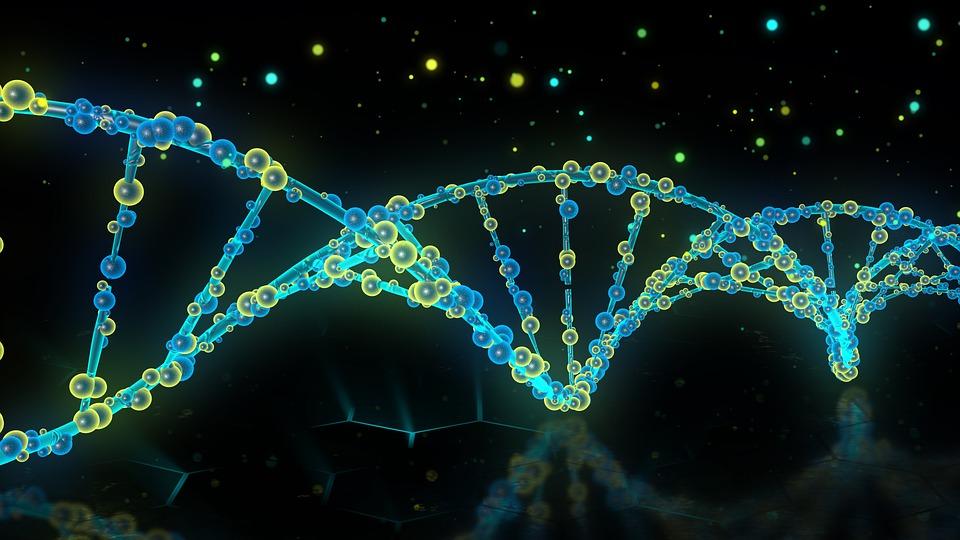






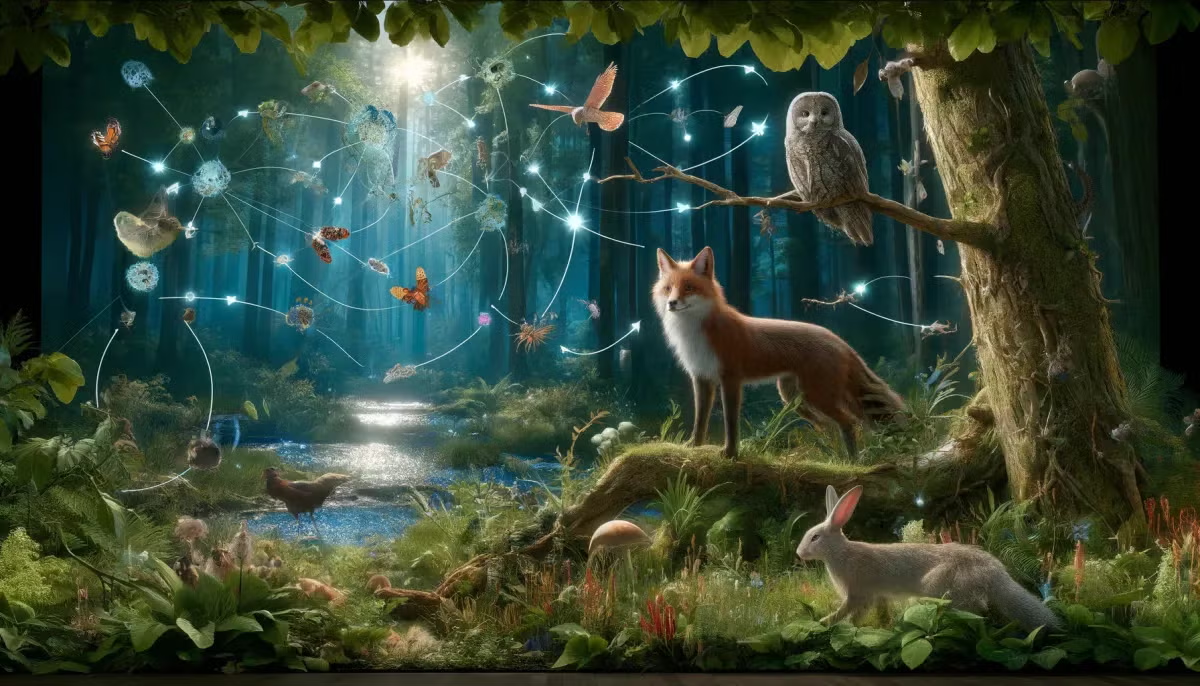

This project sets students up to explore animal anatomy and physiology with the idea of replacing a lost appendage (beak, leg, tail, fin, etc.) This is used in small groups of 2 or 3 over the course

This lesson is the second lesson of a two-part series where students investigate concepts of biomimicry and apply them to the real world with issues like resource scarcity. In this lesson, students

In this lesson, students will learn about desert plant and animal adaptations and the concept of biomimicry. Students will discuss examples of biomimicry in nature and in the real world and will

This lesson is designed to review key biology concepts with 9-10th grade students using hands-on activities with LEGO bricks. I usually implement this a week before our Final exams. Students will
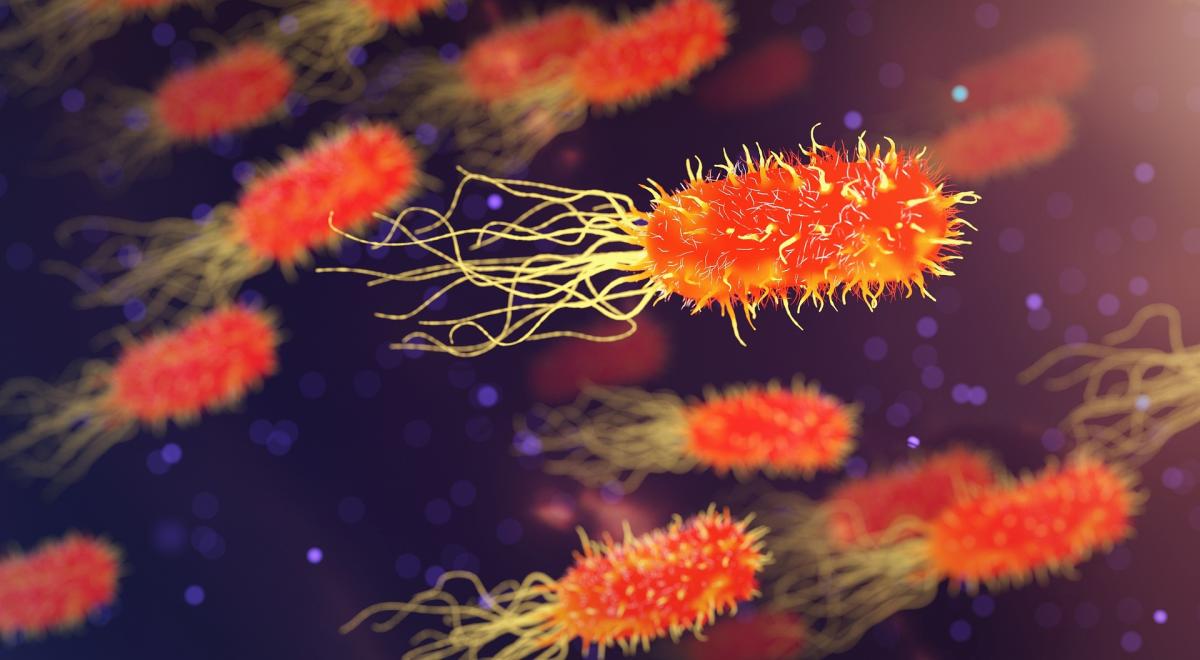
This lesson introduces the students to what are antibiotics, how they work, and why they are important. At the same time, it also talks about how an organism becomes antibiotic resistant. The students

The lesson targets high school students. It aims to impart a solid understanding of genetics and probability through hands-on activities featuring Wisconsin Fast Plants. Covering an introduction to

In this final lesson, students will use a life expectancy model to figure their likelihood of dying at a certain age They will use this answer to calculate their best life insurance policy, and

Students will orient to the varied rates of death that depend on age. They will learn how to check for conditions of valid sampling designs that let them use the Normal curve for modeling their sample

In this lesson two of four, students have to estimate and guess how much weight each of four factors has on a person's life expectancy, which often causes discomfort. They will ask you for direction

In this first of a four-part unit, students are introduced to the question under investigation: How much life insurance should I buy to cover myself when I am 45 years old? To answer this

DNA, or Deoxyribonucleic Acid, is the molecule of life. DNA exists in every single organism, from the smallest bacteria to the largest mammal, and is the only known molecule that has the ability to

In this virtual reality frog dissection, students get to explore the anatomy of a female frog inside and out. The frog’s respective organs are scientifically accurate models to scale, allowing

In this engaging lesson, students are given data and are required to graph the data, analyze the data to determine the carrying capacity of four different organisms.


